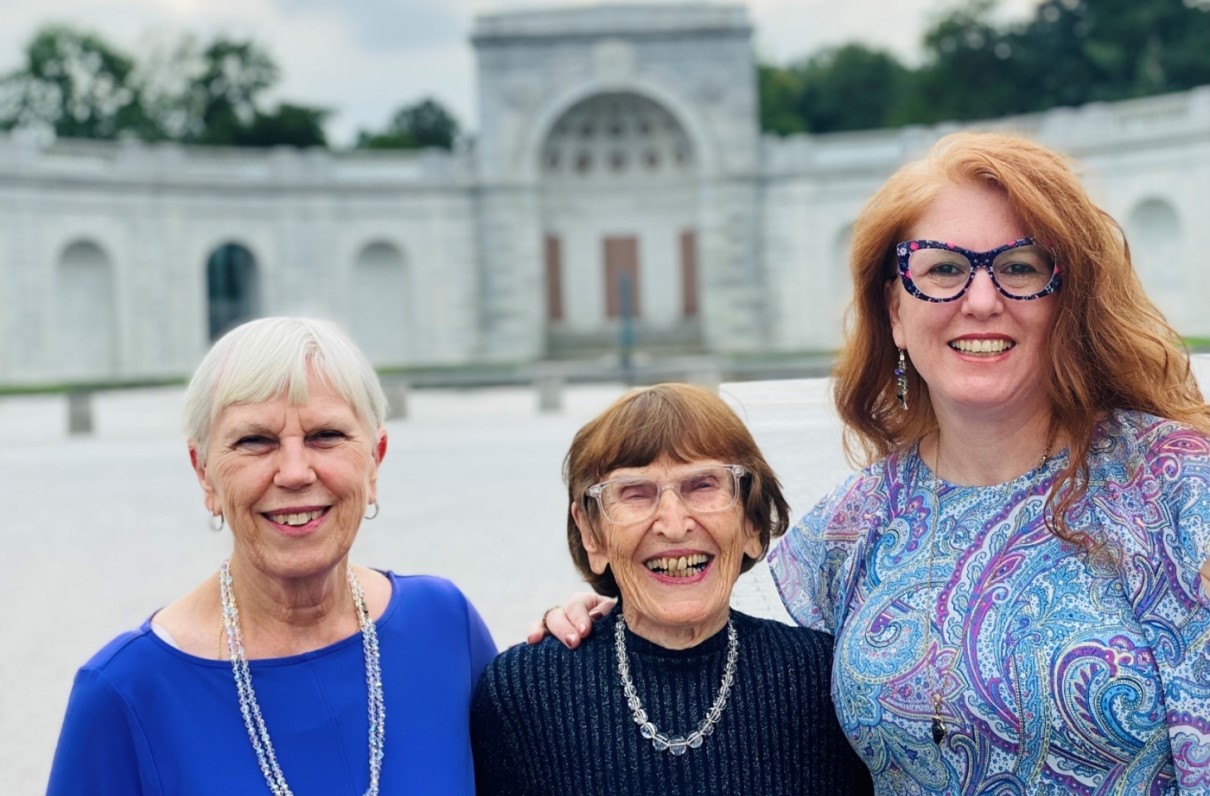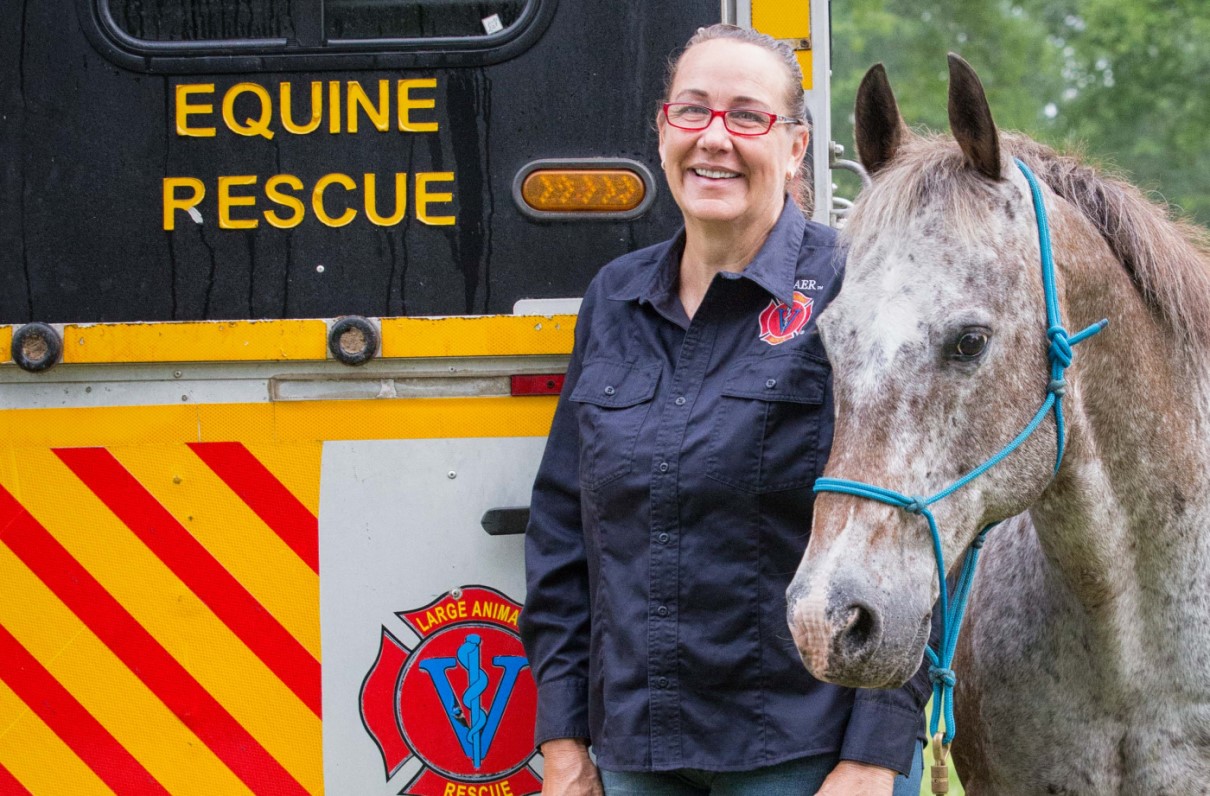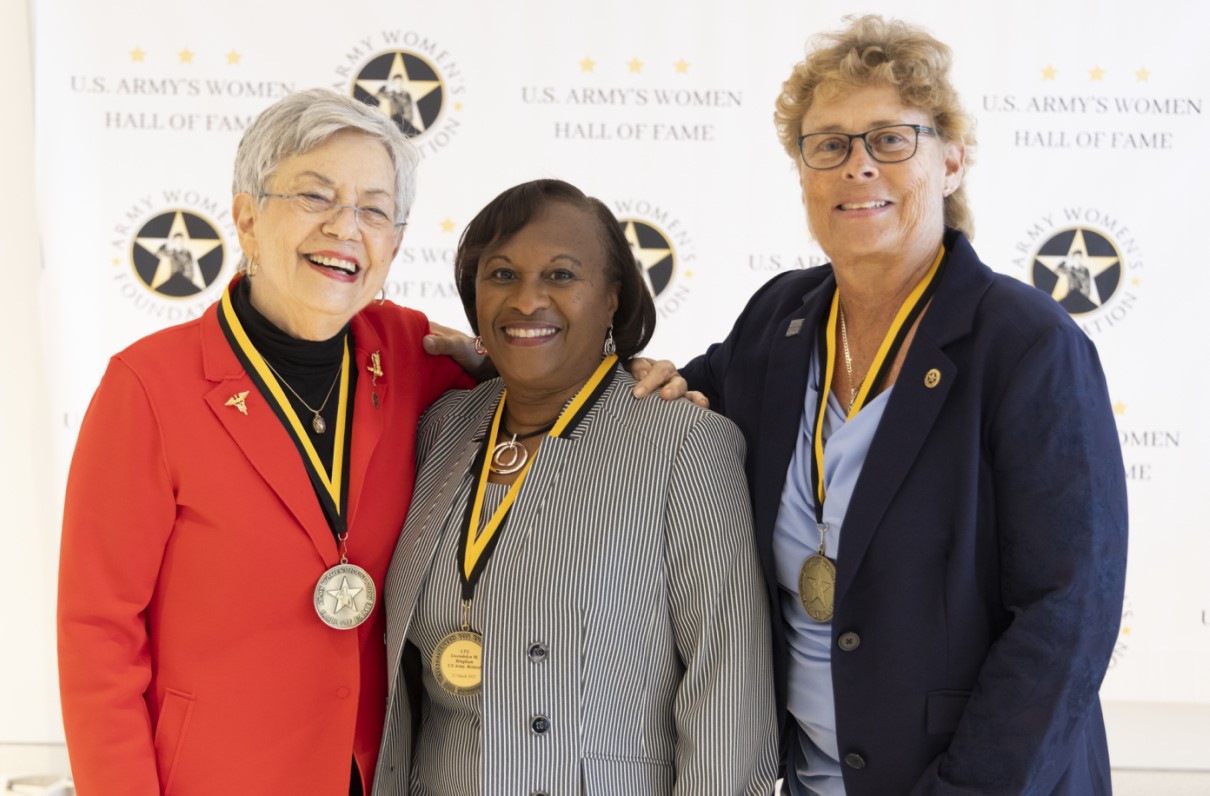By Col. Lisa Carrington Firmin, USAF (Ret)
When Christina Helferich-Polosky joined the Army in 1998 after receiving her commission through ROTC, she was following in the footsteps of two generations of women in her family who served their country in uniform.
Helferich-Polosky served as a transportation and information operations officer, with combat deployments to Kuwait and Iraq during Operation Iraqi Freedom (OIF) with the 7th Transportation Group and to Afghanistan during Operation Enduring Freedom with the 101st Airborne Division (Air Assault). She received a Bronze Star for her service during OIF. After 11 years of service, she was medically retired as a major in 2009.
Her mother, Diane Helferich, also served in the Army. She joined in 1969 as a nurse and served for almost three years before separating as a first lieutenant. Although she didn’t serve in-country in Vietnam, she performed a much-needed role in the U.S. — a role similar to what her mother filled decades before her.
[RELATED: Leading the Way: MOAA Celebrates Women's History Month]
In 1944, Celine Dye joined the U.S. Cadet Nurse Corps, a program supervised by the U.S. Public Health Service.
“We were a solution to a problem,” said Dye, age 96. “There was an acute shortage of nurses to take care of patients. We gave full care to civilian patients and, as our skills increased, so did our responsibilities.”
After leaving the Cadet Nurse Corps in 1947, Dye obtained both her nursing diploma and bachelor’s degree in nursing. She then worked for 31 years with the VA as a staff nurse, head nurse, and chief of nursing service.
Like her mother, Helferich also continued serving after leaving the Army. She worked as a nurse, paramedic, and a firefighter in civilian facilities for many years.
“That’s what I am on this earth for, to be available to help others,” she said.
Dye’s granddaughter, Helferich-Polosky, said she struggled as some women and combat veterans do after leaving the Army.
“All I previously knew were the years I spent as a successful Army transportation and information operations officer,” she wrote on her website, WoundedNotWorthless.com. “Once I thought that identity was taken from me, I just wanted to shut down and began seeing myself as worthless.”
What complicated her adjustment to civilian life were the medical issues, both visible and invisible, that came with her from her military service.
“I buried some wounds deeply and couldn’t speak about them until recently,” said Helferich-Polosky. “Out of the dark moments, I turned to art to express what I was feeling.”
She founded Wounded Not Worthless, an online art gallery collective “to support, promote, and empower other women military, veteran, and wounded warrior artists, like myself, and give a voice to our often-voiceless minority.”
“The power of art has finally set me on a true and healthy path forward,” she said.
Want to Help Servicemembers in Your Community?
Learn how you can make a difference with your local chapter.


